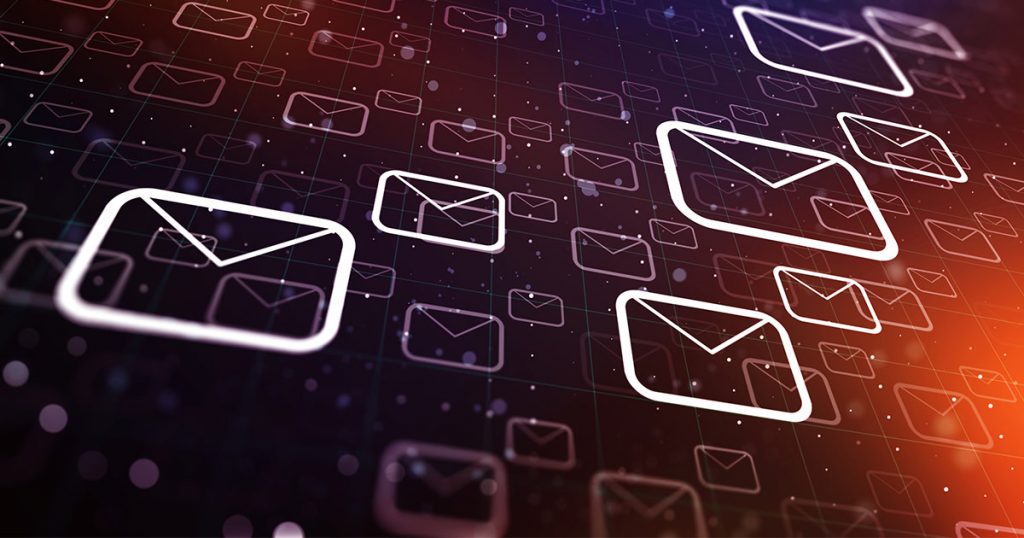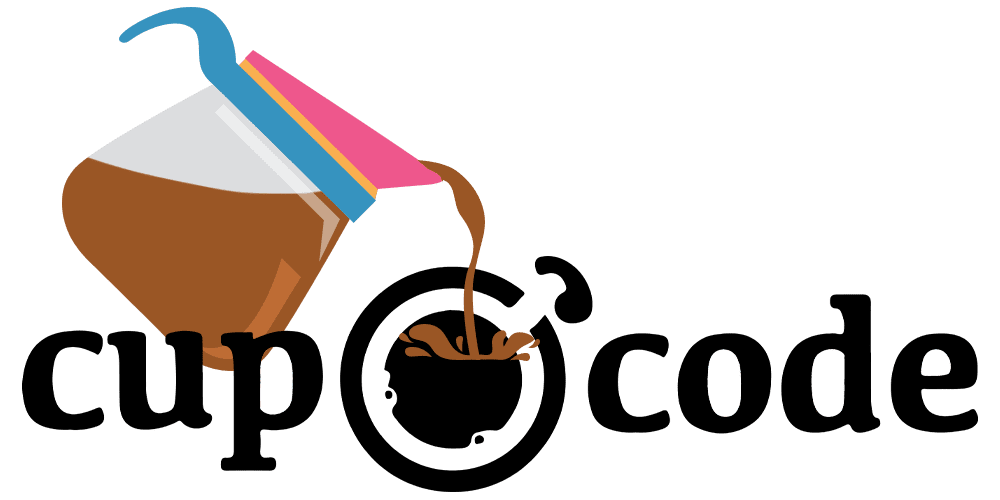Summary
In this digital age at Cup O Code, we liken the robust trifecta of SPF, DKIM, and DMARC to the city's robust security system - with each playing a unique, critical role in safeguarding your email communications. So, let's brew some knowledge and decode these jargon-filled acronyms.

Imagine your email system as a bustling, big city. Just as city planners must safeguard their metropolis from uninvited guests, you, too, must protect your email landscape from spoofers and phishers who bring nothing but trouble. In this digital age at Cup O Code, we liken the robust email security trifecta of SPF, DKIM, and DMARC to the city’s robust security system – with each playing a unique, critical role in safeguarding your email communications. So, let’s brew some knowledge and decode these jargon-filled acronyms.
- SPF (Sender Policy Framework): Think of SPF as the city’s vigilant border patrol. It ensures only the authorized vehicles (or in our case, servers) can enter or leave. It prevents spammers from using your domain to send fraudulent emails. When an email hits the recipient’s mail server, SPF swings into action, checking if the email originated from a domain that is on your ‘approved’ list. If it’s not, the email gets branded as spam or is outright rejected.
- DKIM (DomainKeys Identified Mail): The DKIM is like the city’s dedicated document inspector, leaving an authentic seal (cryptographic signature) on every legitimate document (or email). DKIM checks for any signs of tampering during the email’s journey from sender to receiver. If the email remains untouched, it’s validated. If not, it raises an alert.
- DMARC (Domain-based Message Authentication, Reporting & Conformance): Imagine DMARC as the city’s Chief Security Officer. It not only uses the resources of SPF and DKIM but also dictates the action when things don’t line up. When an email fails the DMARC check, it’s up to the recipient’s server to act on the instructions given in the DMARC record – quarantine or reject.
How do they play out differently?
Each of these security personnel performs a distinct duty. SPF checks if the email comes from an authorized server, DKIM ensures the email content remains untampered, and DMARC uses both while letting the domain owner decide the treatment of emails that fail these checks.
Why does email security and all of this matter to your business?
Just as a city without security is prone to chaos, an email system without SPF, DKIM, and DMARC is an open invitation to hackers. These protocols are your front-line defense against email spoofing, ensuring the bad guys can’t misuse your domain.
- Shielding Your Reputation: Your domain is an extension of your brand. Implementing these records with Cup O’ Code prevents hackers from damaging your domain’s reputation.
- Enhancing Email Deliverability: Email servers look favorably on emails passing SPF, DKIM, and DMARC checks. Thus, you significantly reduce the risk of your genuine emails being mistaken as spam.
- Fending Off Email Fraud: With these records, you’re putting up a formidable shield against spoofing and phishing attempts, providing your email communication the security it deserves.
To sum it up, the tech wizards at Cup O Code see SPF, DKIM, and DMARC as the triple espresso shot of email authentication and security. Sure, they might seem complex initially, but their potency in ensuring your emails reach the right inbox, untouched and unharmed, is a game-changer. So next time you think of your email system, remember this brew of protection we’ve stirred for you. It’s time to serve up some unbreachable email security!
If you are a Google Workspace user and would like information on setting up an SPF record for your domain, click here!
For your free trial of Google Workspace, follow this link!












